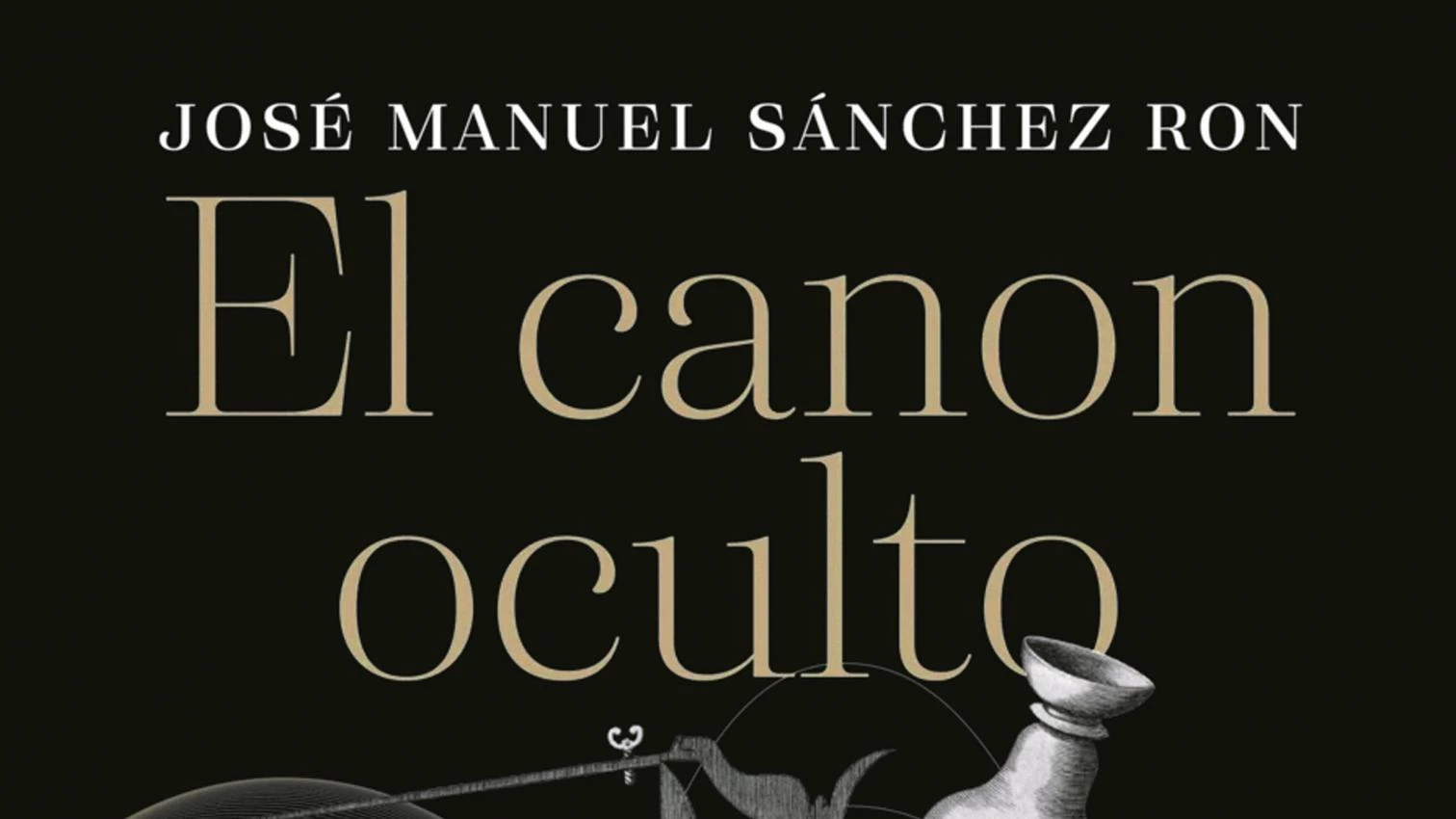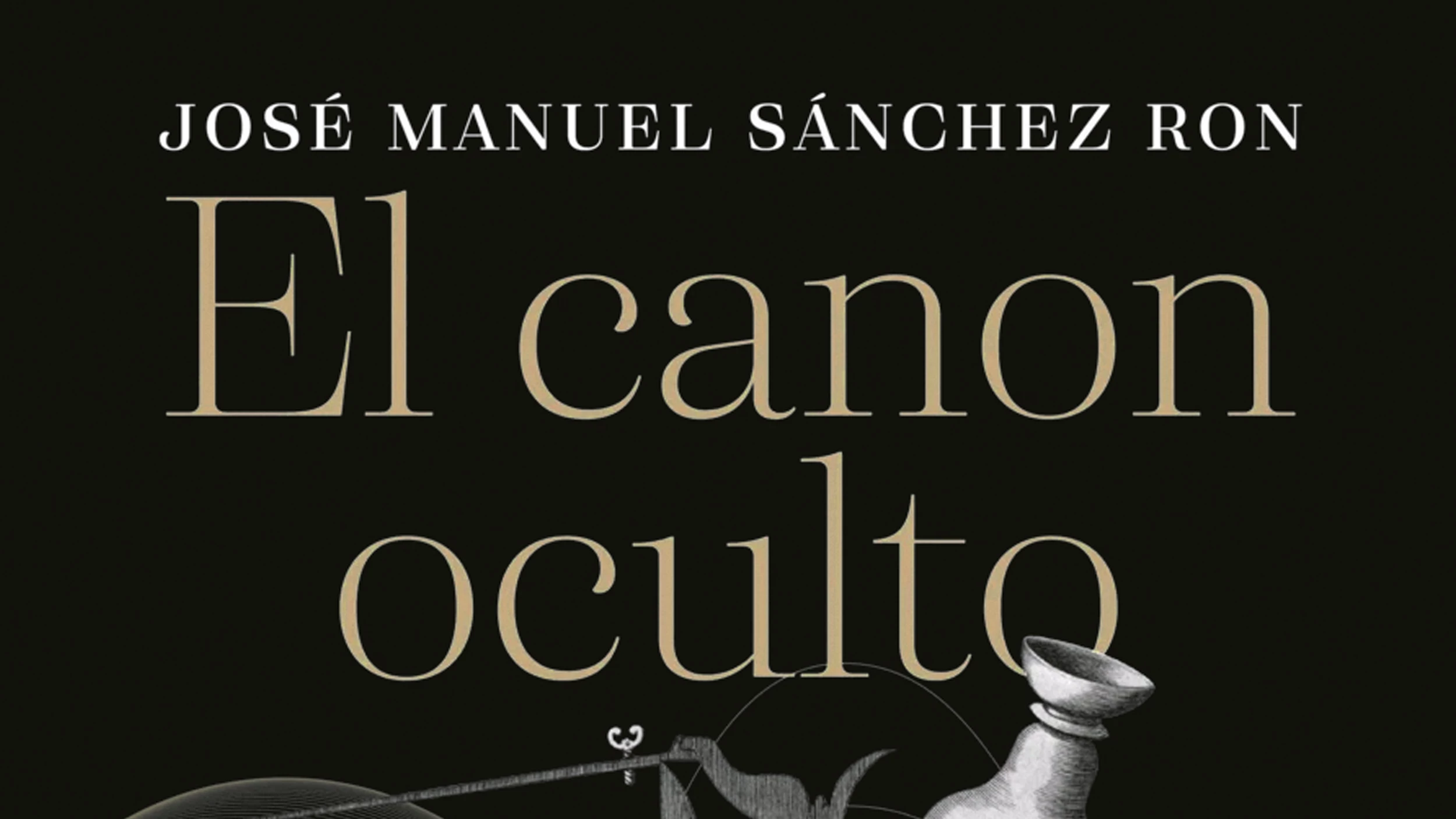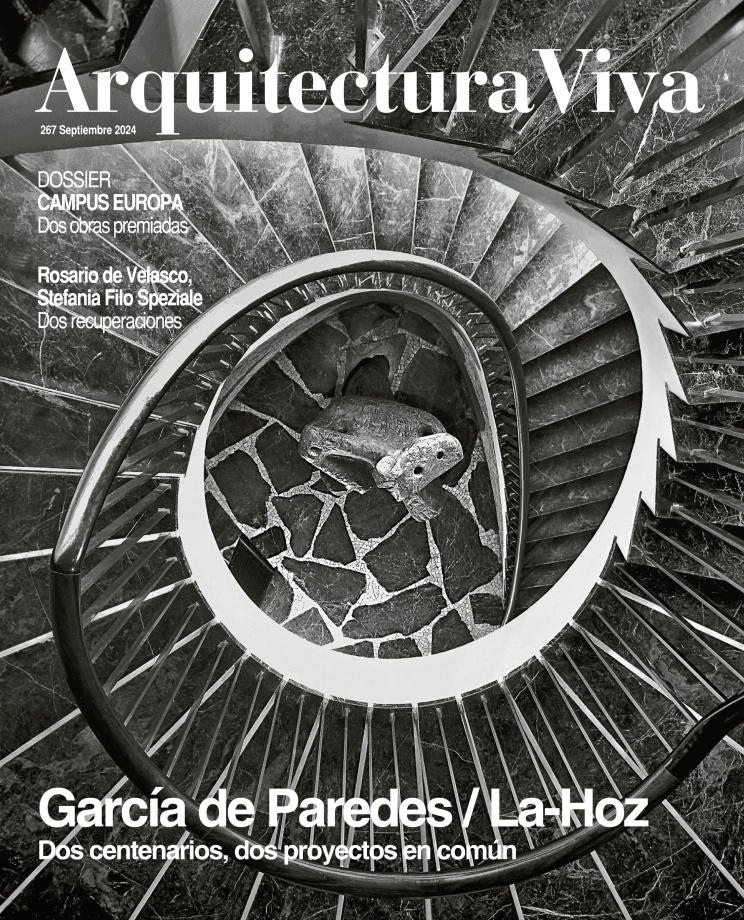
One way in which those fragments of cosmic dust we call humans have left traces of their time in the world has been by asking questions about the world: why we are here, what this all is, how it works. The first question has resulted in a trunk of knowledge that goes from philosophy and literature to the part of fantastic literature that theology is. The second question has cultivated a no less fertile tree: that of science. Whereas the fruits of the tree of literature have been arranged in so many hierarchies that they are familiar to the general public, those of the tree of science remain hidden by the foliage of disinterest.
Uncovering this near-secret legacy has long been among the undertakings of Sánchez Ron, a theoretical physicist who left the labs to become an important, original science historian. His book on the ‘hidden canon’ enriches an already vast oeuvre through a project that withstands little comparison in terms of intellectual ambition: to present humankind’s changing ideas about the world and the universe, and also our changing notions about ‘science,’ through notes on a hundred works which in the author’s view have determined scientific development.
Like any canon, Sánchez Ron’s is subject to criticism. No matter how exhaustive it tries to be, there are works left out, not only those he himself admits to sacrificing for the sake of the round number, but also those of Chinese or Indian tradition, so deviated from the Western model that they qualify as pseudoscience. But if Plato’s Timaeus and the many hoaxes of Pliny the Elder’s Natural History do not count as ‘pseudoscience,’ why do Book of Silk and other great treatises that Joseph Needham dusted off for the West?
Notwithstanding, its bias toward the West is not sufficient reason to discredit El canon oculto, a true monument to the dissemination of science, to science itself, and to human knowledge in general.
With rigor and clarity, Sánchez Ron takes us from the Corpus Hippocraticum to Benoît Mandelbrot’s The Fractal Geometry of Nature, the last of many efforts to go beyond Euclid’s postulates. Between these two poles, separated by 2,500 years, the author dissects ninety-eight other great works of the science canon, in a fascinating journey through five canonical stages: the eras of manuscripts, of the printing press, of the Enlightenment, of the 19th century, and of the 20th, and is balanced in his assessments, although the canon clearly has certain protagonists, such as Euclid’s Elements, Newton’s Principia, Darwin’s On the Origin of Species, and Ramón y Cajal’s Texture of the Nervous System of Man and the Vertebrates.
The texts are as relevant, if not more, than the Iliad and Don Quixote, but are still unknown to most. This book is so far the most earnest attempt to give them the place they deserve, even if only because as true classics, they sustain our beliefs and therefore our very selves, however mutely concealed they are in the folds of memory.







